On my most recent Chasing Abraham Lincoln trip I stopped in Beardstown, Illinois to visit the site of one of Lincoln’s most famous cases – the Almanac Murder Trial. Beardstown has the only active courthouse that Lincoln practiced in, and the 1858 trial was both sensational and controversial.
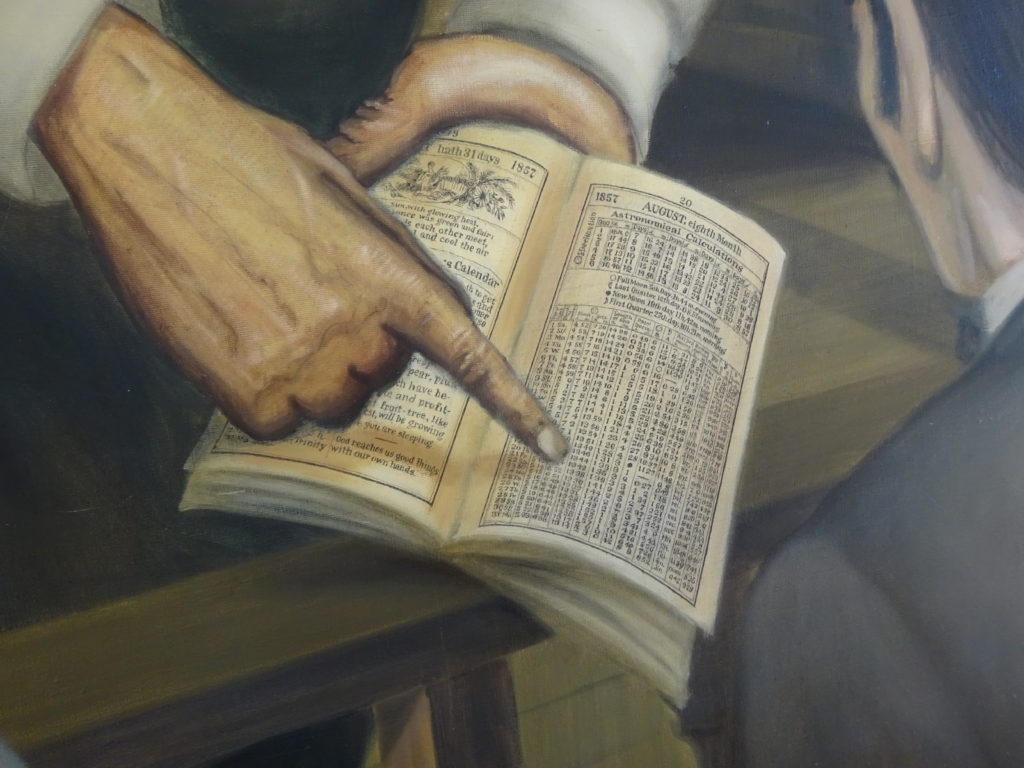
I arrived at the Beardstown Courthouse Museum around 3:50 pm. The sign said it was open only until 4 pm, so I rushed in to find a nearly empty foyer and some locked doors. As my hopes began to fade I encountered a resident volunteer guide named Paula Woods. I felt intrusive as I told her I would like to see the museum, as she fumbled for an old-fashioned keychain reminiscent of a jailhouse. Before we were finished, I actual did see the jailhouse cell that had held Duff Armstrong, the man charged with murder.
Even before she opened up the first door leading to a small room filled with Lincoln and trial-related artifacts, the visit turned into something special. In the foyer Paula pointed out a tall sign highlighting the Abraham Lincoln National Heritage Area and the Looking for Lincoln campaign. I had indeed heard of it, I said, and had in fact just participated in the LEAD: Spirit of Lincoln Leadership Academy program (hence my late arrival to Beardstown). It turns out Paula isn’t just a volunteer, she is the Chair of the Commission that runs the courthouse museum and other historical locations in Cass County. She is also on the LEAD program Board!
The 4 pm closing time quickly sped away as Paula showed me the exhibits and then unlocked the door to the stairs leading to the second floor courtroom. The court is still in session, she explains, with cases heard about once a month. Entering the doorway I was standing in the very court where Lincoln defended Duff Armstrong. The key witness in the trial claimed he clearly saw the fight by “the light of a high moon” around 10 or 11 pm that night. Aha, thought the scientifically minded Lincoln and produced an almanac showing the moon “runs low” that night and was already setting by the time of the incident. Having shown the witness lying, Duff Armstrong was acquitted. On the wall is a large painting depicting the moment Lincoln pointed out the discrepancy to the jury, the almanac clear on this point.
The almanac most often depicted was the Old Farmer’s Almanac for that date, although no one actually knows if it was that one or another of the several available at the time. There is even a suggestion that the almanac was forged, but modern recalculations show the moon would indeed have been unusually low that night, part of an 18.6-year lunar cycle that affects lunar declination.
As people started to show up for a pre-arranged community meeting in the courtroom, Paula took me around other parts of the courthouse, including the jailhouse. It was here that Duff Armstrong spent his days and nights waiting for his trial to start. Lincoln had been friends with the Armstrong family for many years and wrote Hannah Armstrong as soon as he heard about her son Duff’s predicament. Lincoln refused payment, citing his work as thanks for all the favors done by the Jack and Hannah over the many years of Lincoln’s life.
Long after the official closing time I thanked Paula for staying late on my behalf. We discussed the work of the LEAD program and Heritage Area, as well as how my book has successfully brought Lincoln to a broad swath of the American public. Having started the day with the LEAD students, it was time to head north for more adventures Chasing Abraham Lincoln.
David J. Kent is an avid science traveler and the author of Lincoln: The Man Who Saved America, in Barnes and Noble stores now. His previous books include Tesla: The Wizard of Electricity and Edison: The Inventor of the Modern World and two specialty e-books: Nikola Tesla: Renewable Energy Ahead of Its Time and Abraham Lincoln and Nikola Tesla: Connected by Fate.
Check out my Goodreads author page. While you’re at it, “Like” my Facebook author page for more updates!







 In June I’ll have the privilege of participating in the annual
In June I’ll have the privilege of participating in the annual  My Abraham Lincoln book collection continues to grow, quickly filling the new library space I created last year. I acquired 69 new Lincoln books in 2018. This compares to 59 in
My Abraham Lincoln book collection continues to grow, quickly filling the new library space I created last year. I acquired 69 new Lincoln books in 2018. This compares to 59 in 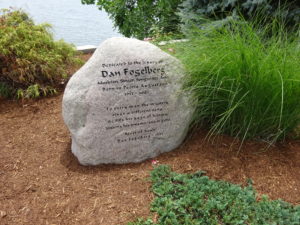 “Will it play in Peoria?” It did. They did. And I did. How a
“Will it play in Peoria?” It did. They did. And I did. How a 




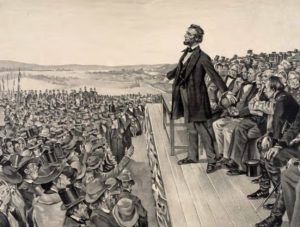 Union victories were coming more frequently in the late summer and fall of 1863, although not universally, as a loss at Chickamauga and the New York draft riots would attest. But now it was time for a more somber occasion.
Union victories were coming more frequently in the late summer and fall of 1863, although not universally, as a loss at Chickamauga and the New York draft riots would attest. But now it was time for a more somber occasion.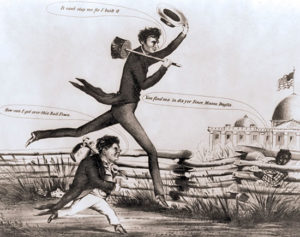 But wait, there’s more. This past year I made several “Chasing Abraham Lincoln” trips, including long road trips to Kentucky/Indiana and Illinois. Check out my
But wait, there’s more. This past year I made several “Chasing Abraham Lincoln” trips, including long road trips to Kentucky/Indiana and Illinois. Check out my 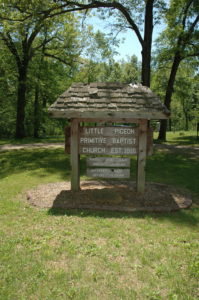 Directly across the road from the
Directly across the road from the 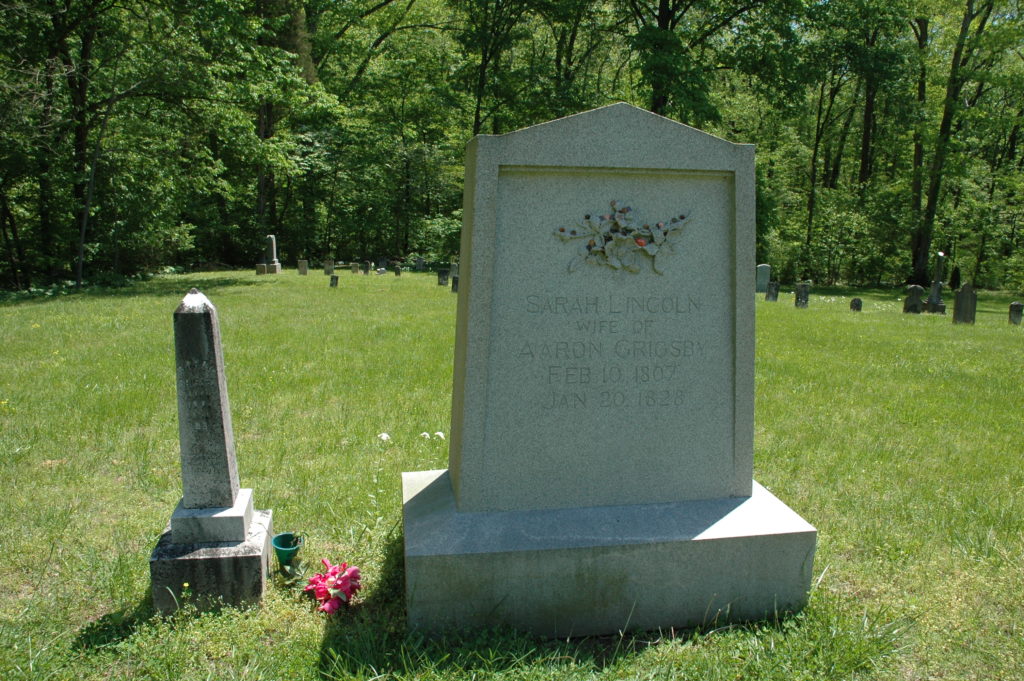

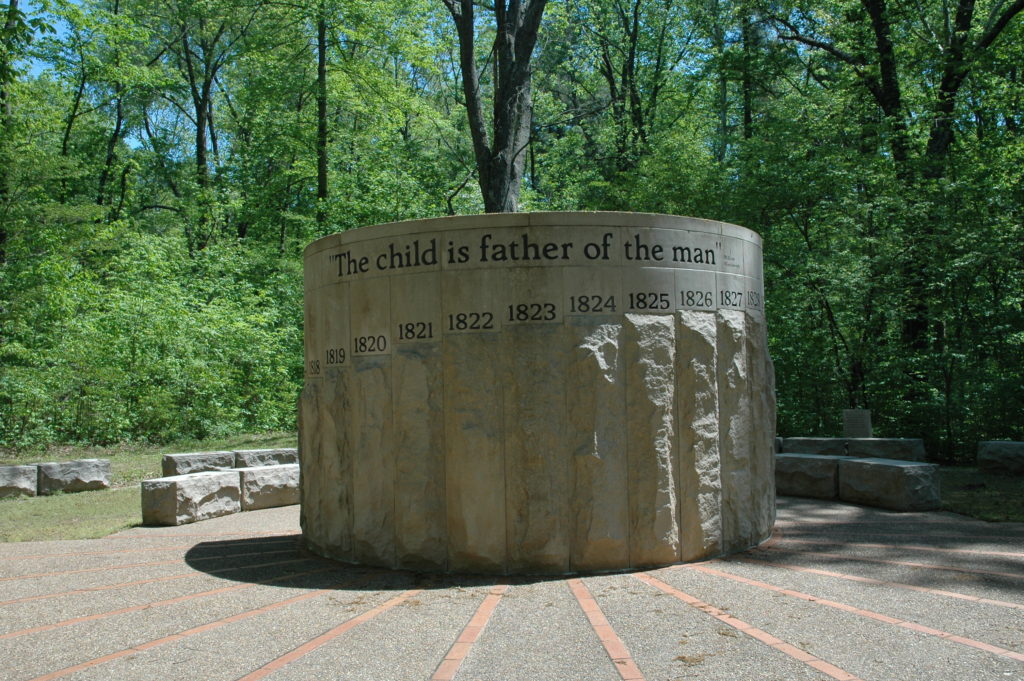

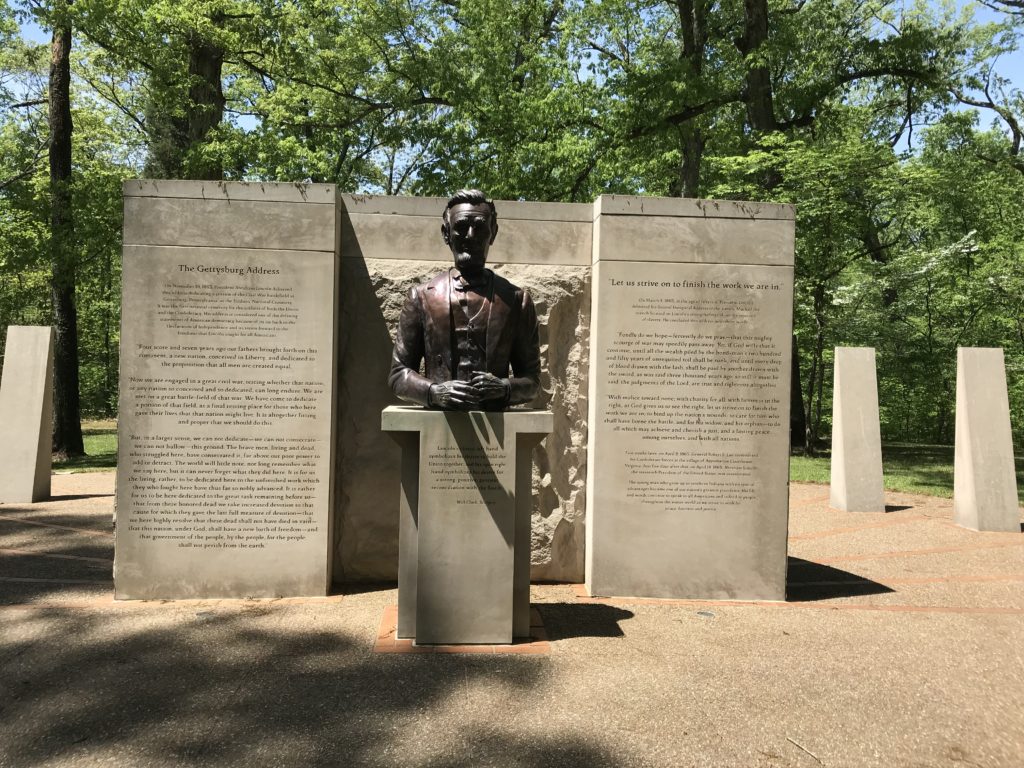
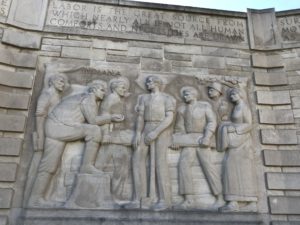 During my
During my 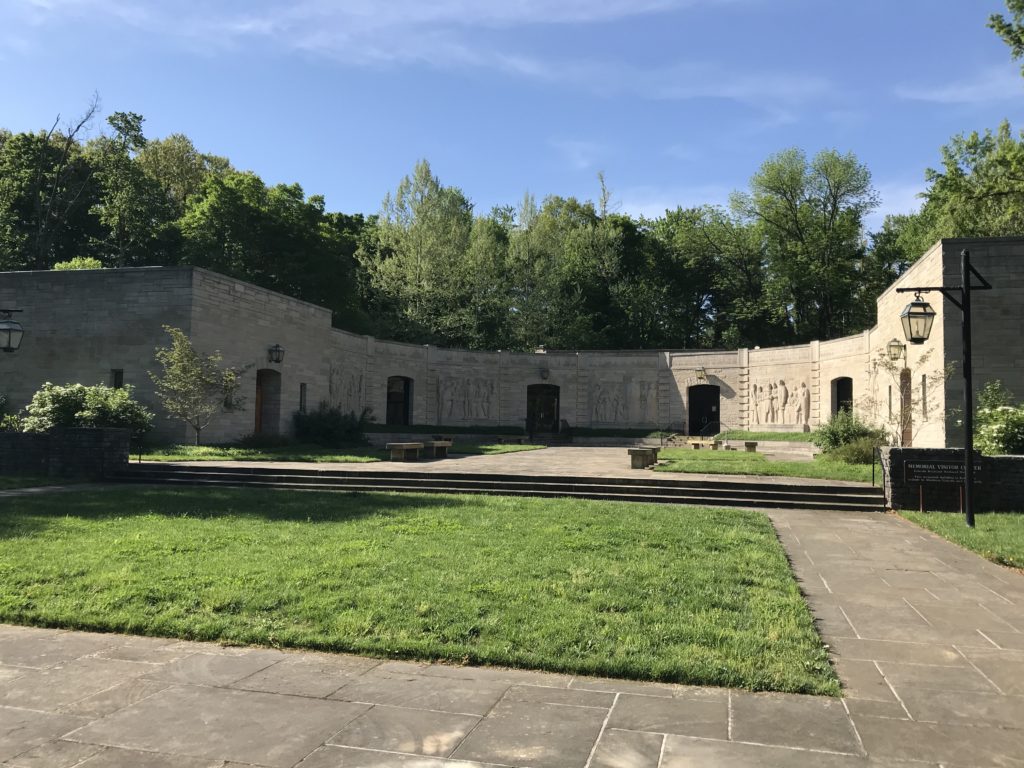 From here there is a short walk up a landscaped tree-line allee to the gravesite of Nancy Hanks Lincoln designed by Frederick Law Olmstead, Jr. Lincoln’s mother had died in 1818 of what was called “milk sickness,” later to be associated with cows eating the toxic white snakeroot plant. Her grave remained unmarked until a permanent marker was erected in 1879.
From here there is a short walk up a landscaped tree-line allee to the gravesite of Nancy Hanks Lincoln designed by Frederick Law Olmstead, Jr. Lincoln’s mother had died in 1818 of what was called “milk sickness,” later to be associated with cows eating the toxic white snakeroot plant. Her grave remained unmarked until a permanent marker was erected in 1879.

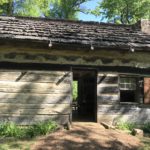
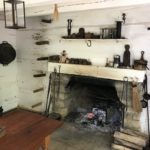


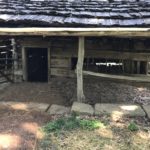
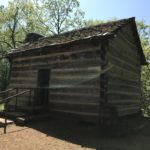
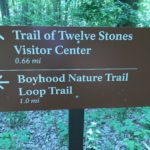


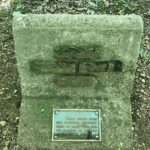
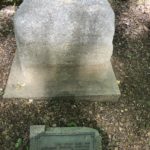
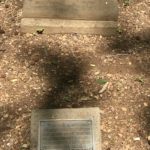



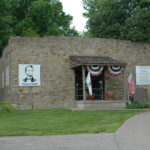

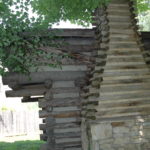

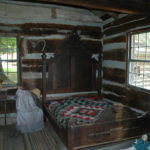
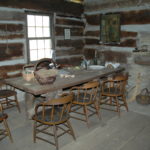
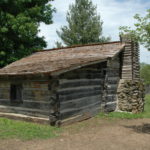
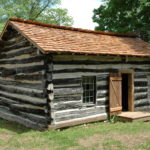

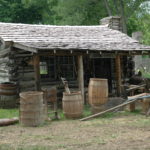
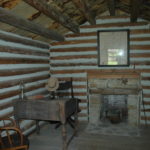
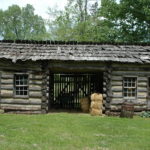
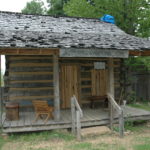








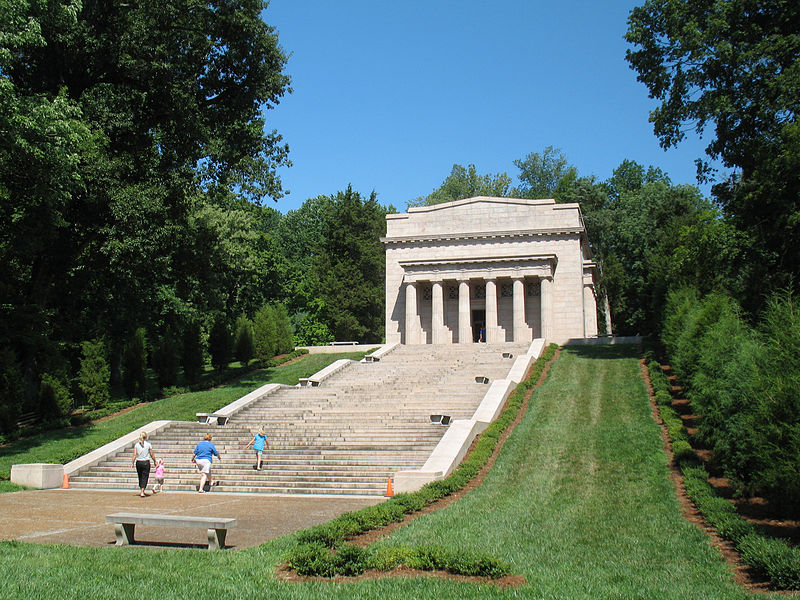
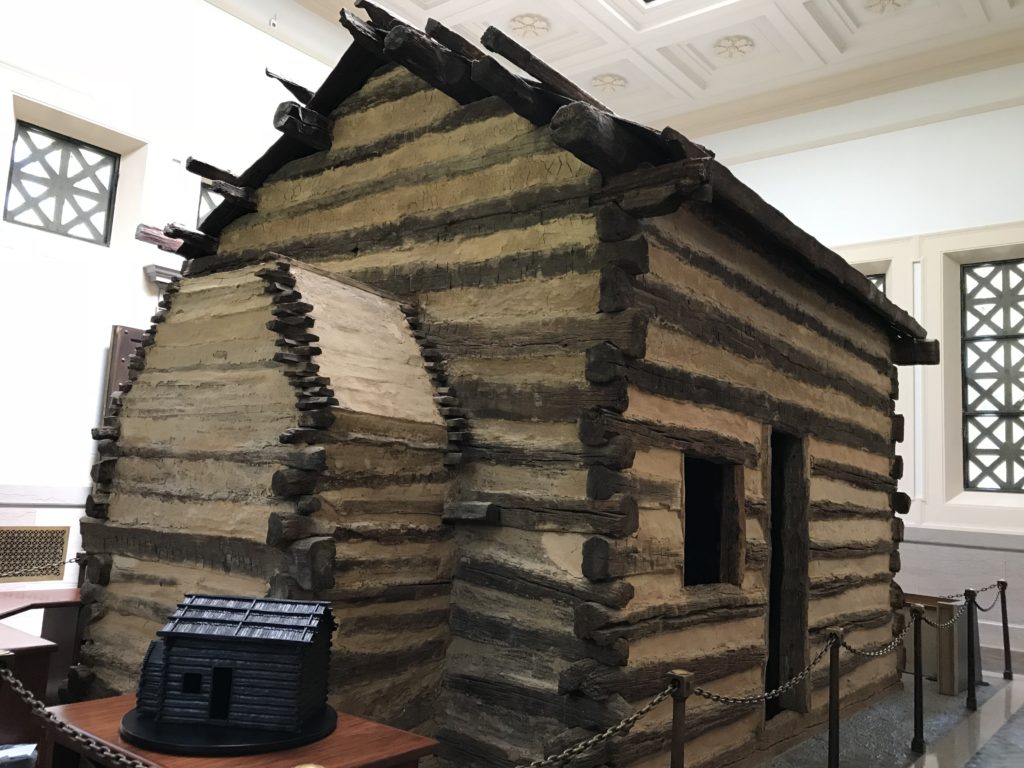
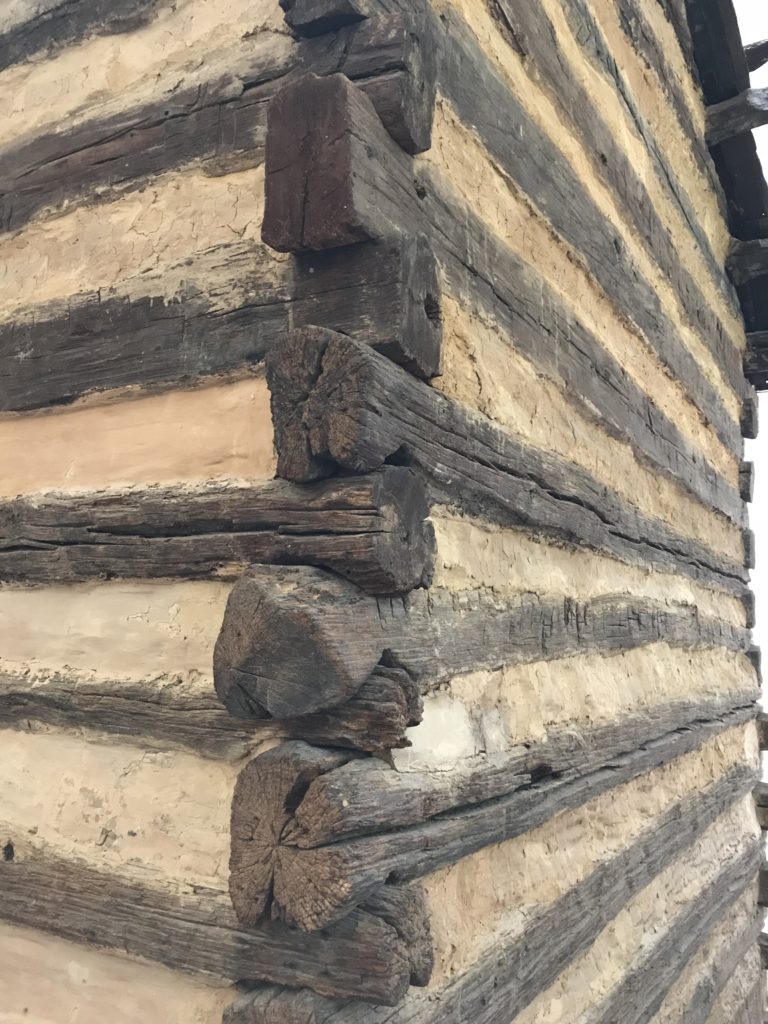
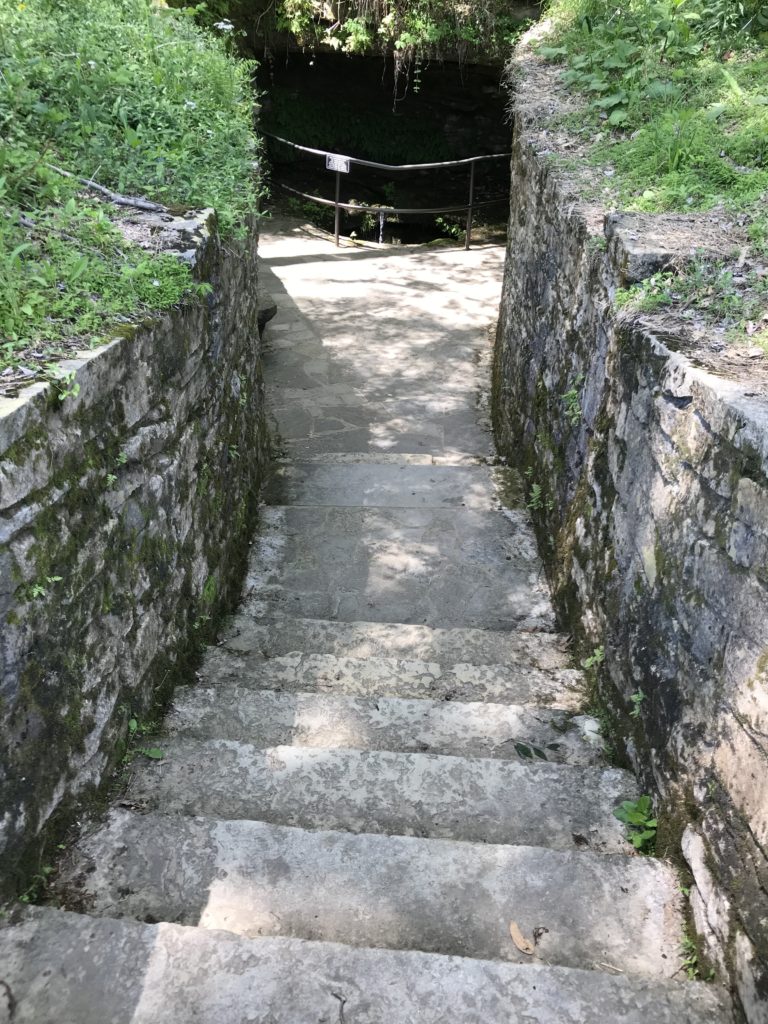
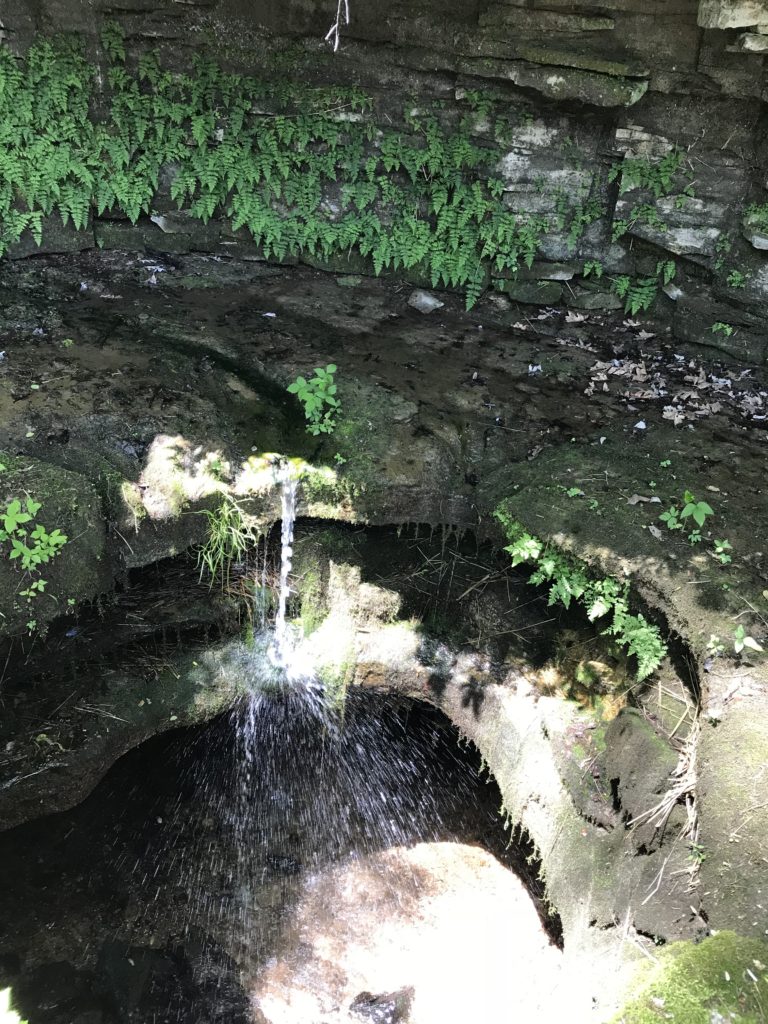
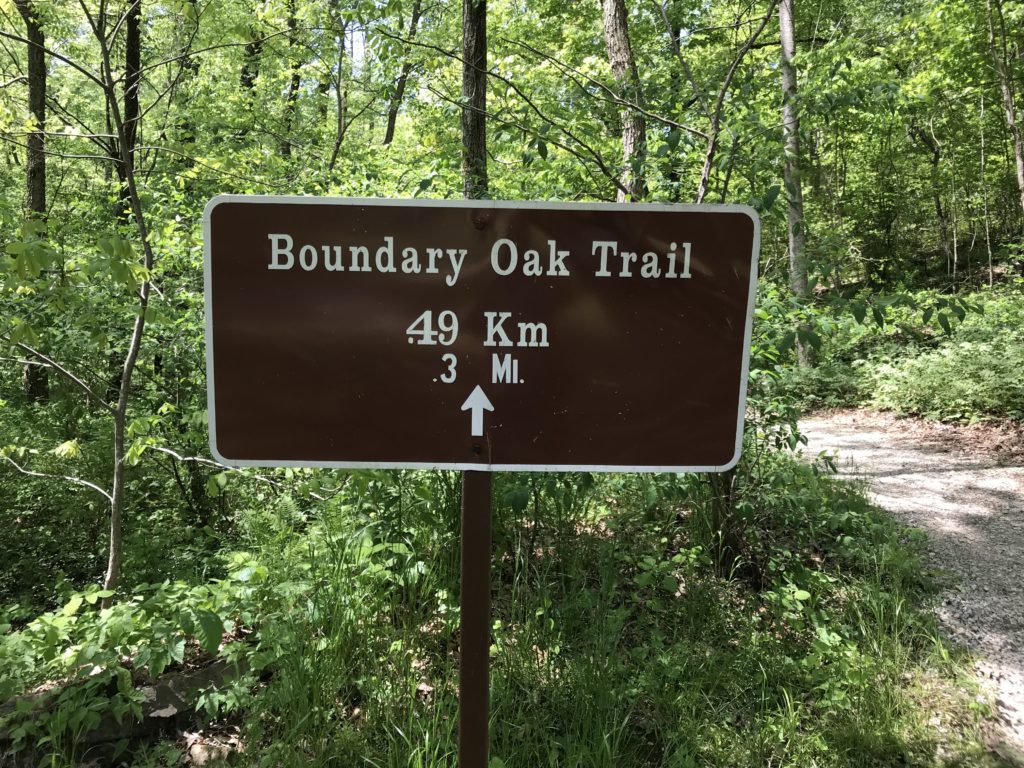
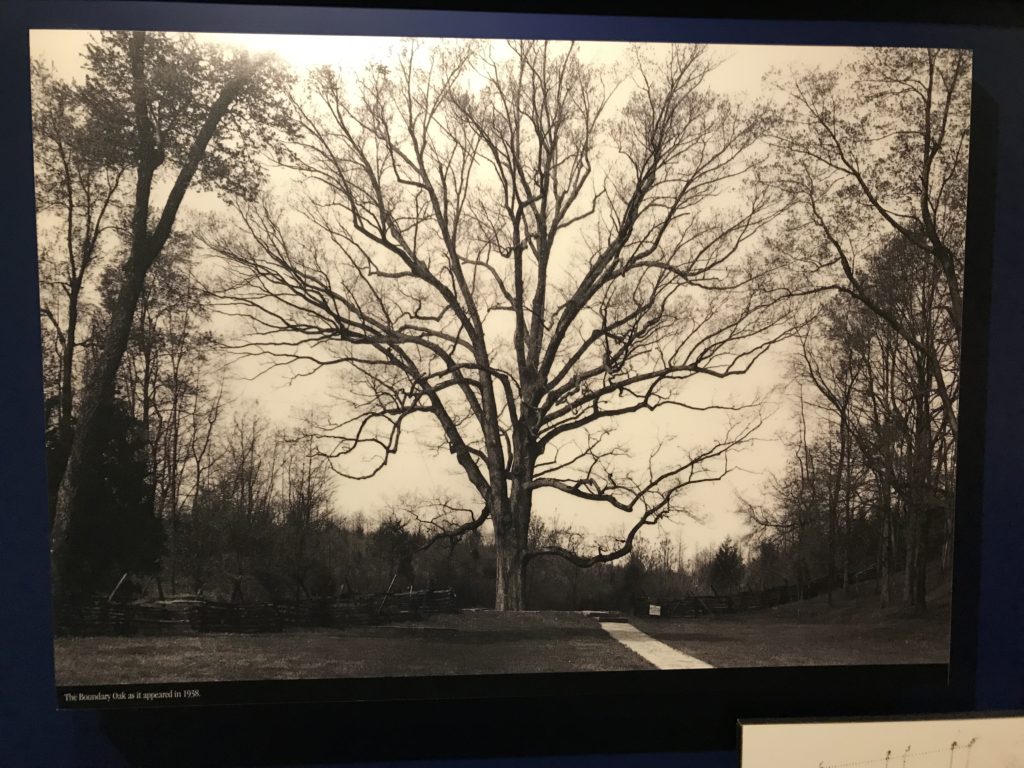
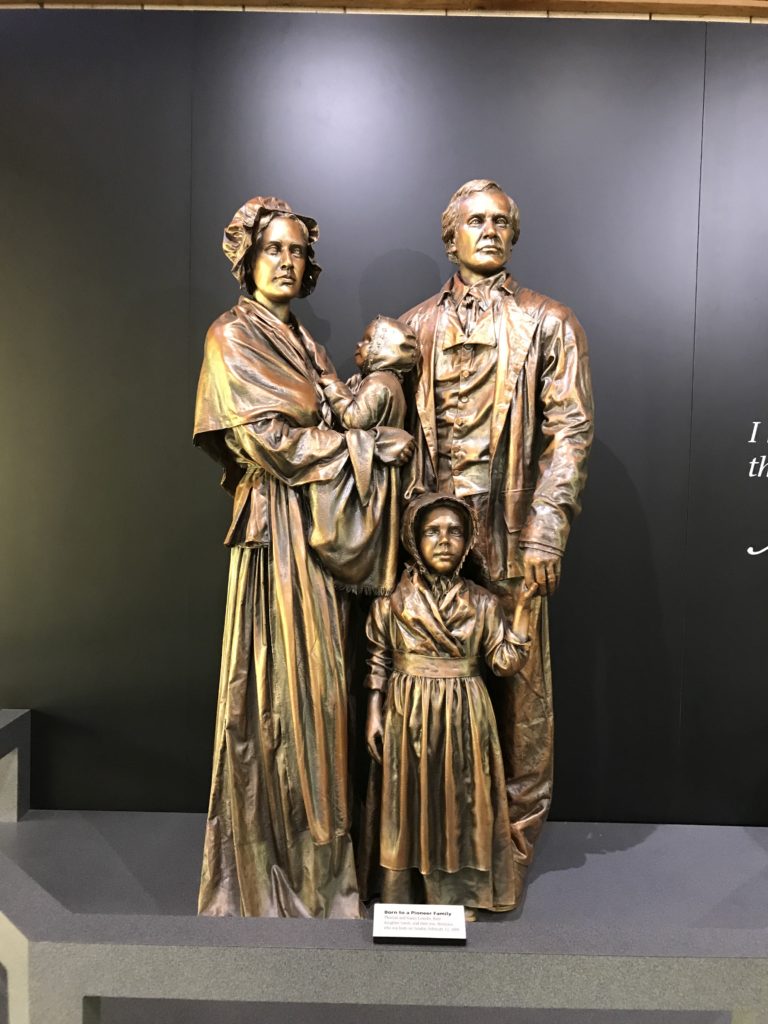

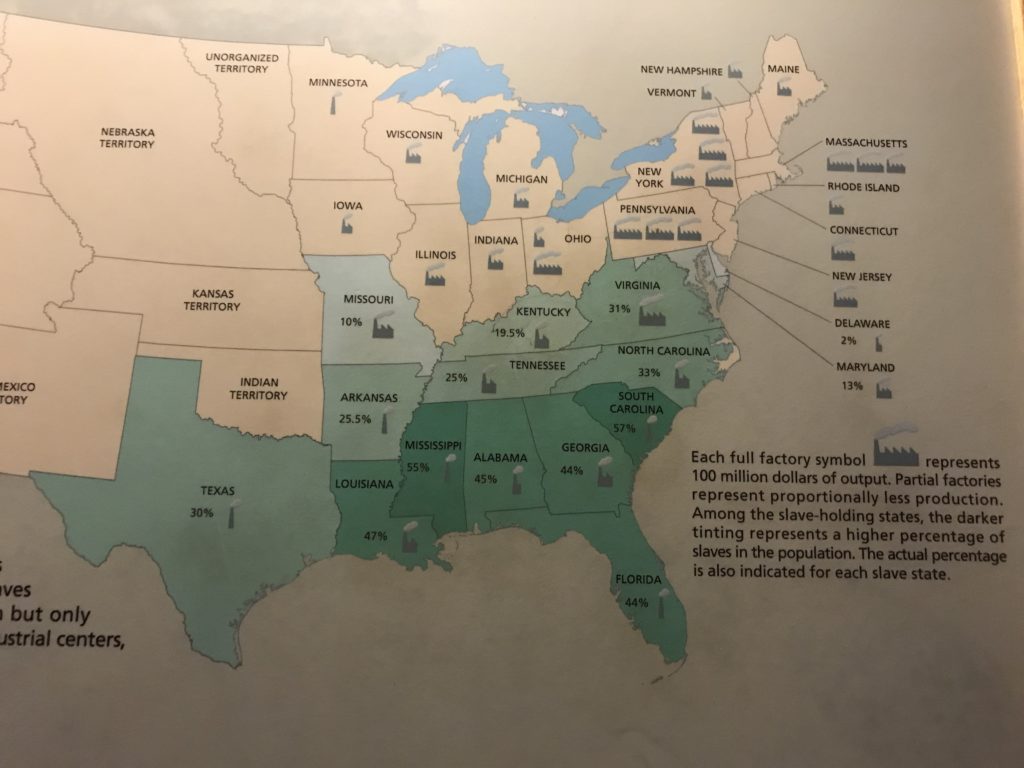 Like the Lincolns, my Chasing Abraham Lincoln tour (Part 1) takes me next into Indiana and the farm where Lincoln spent the next 11 of his most formative years. Alas, it’s also where he lost both his mother and his sister to eternity. Stay tuned.
Like the Lincolns, my Chasing Abraham Lincoln tour (Part 1) takes me next into Indiana and the farm where Lincoln spent the next 11 of his most formative years. Alas, it’s also where he lost both his mother and his sister to eternity. Stay tuned.






